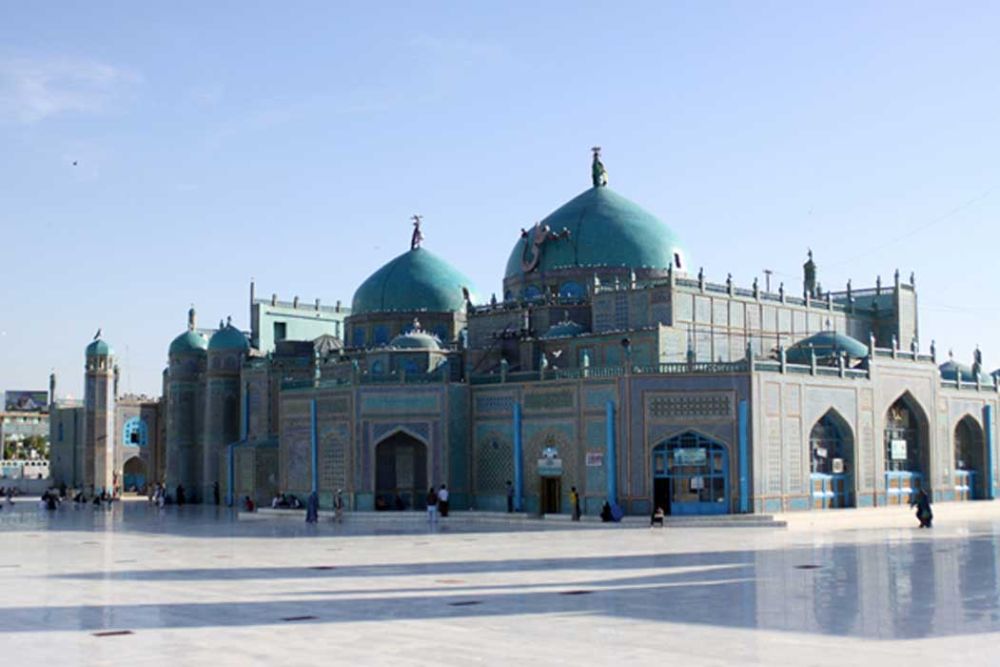

Located in the heart of Mazari Sharif, Afghanistan, the Blue Mosque, also known as the Shrine of Ali, is a site of extraordinary historical and spiritual significance. Revered by many as the final resting place of Ali ibn Abi Talib, the cousin and son-in-law of the Islamic Prophet Muhammad, it stands as a monument of exquisite Islamic architecture.
The history of the Blue Mosque is one steeped in legend and reverence. Belief has it that Ali was originally buried in Najaf, Iraq, but according to local Afghan folklore, his remains were moved in secret to what is now Mazari-Sharif. The name Mazari-Sharif itself translates to "Noble Shrine," emphasizing its importance. The site has been a significant pilgrimage destination since the 12th century.
The mosque's current structure dates back to the reign of Sultan Hussain Baiqara in the 15th century, and it has been renovated and expanded several times throughout history. Each iteration added to the richness of its design and the depth of its spiritual draw, incorporating elaborate tile work with stunning hues of blue, which is how it came to be known as the Blue Mosque.
Tourism at the Blue Mosque has fluctuated with the political stability of Afghanistan. During peaceful periods, it attracted thousands of international and domestic visitors every year, drawn to its architectural beauty and spiritual aura. The site is particularly busy during the Persian New Year - Nowruz - when the mosque becomes the focal point for national celebrations.
However, due to conflicts within the region, tourism to this breathtaking landmark has been marked by periods of inaccessibility for outsiders. Efforts have been made intermittently to promote and manage tourism in times of stability, but the overall tourism industry in Afghanistan faces challenges due to ongoing security concerns.
Given its status as a sacred site, the Blue Mosque continues to draw many pilgrims and intrepid travelers, emphasizing the cultural and religious tourism aspect of Afghanistan. In recent times, there has been some focus on developing sustainable tourism that respects both the cultural heritage and the safety of the visitors and locals alike.
Technological advances such as virtual tours have begun to feature as an alternative way to experience sites like the Blue Mosque. This innovation allows those unable to visit in person a chance to appreciate the landmark's architectural grandeur and cultural significance from afar.
Furthermore, with the rise of social media, more recent tourism trends show a growing interest in off-the-beaten-path destinations. While Afghanistan's general situation might dissuade the average tourist, there's a niche segment showing keen interest in the country’s historic sites, of which the Blue Mosque is a jewel.
Note: Travelers should always check their government's travel advisories and be aware of the local security situation before planning a visit to regions with ongoing instability such as Afghanistan. The safety of travelers and the protection of historic sites are paramount.